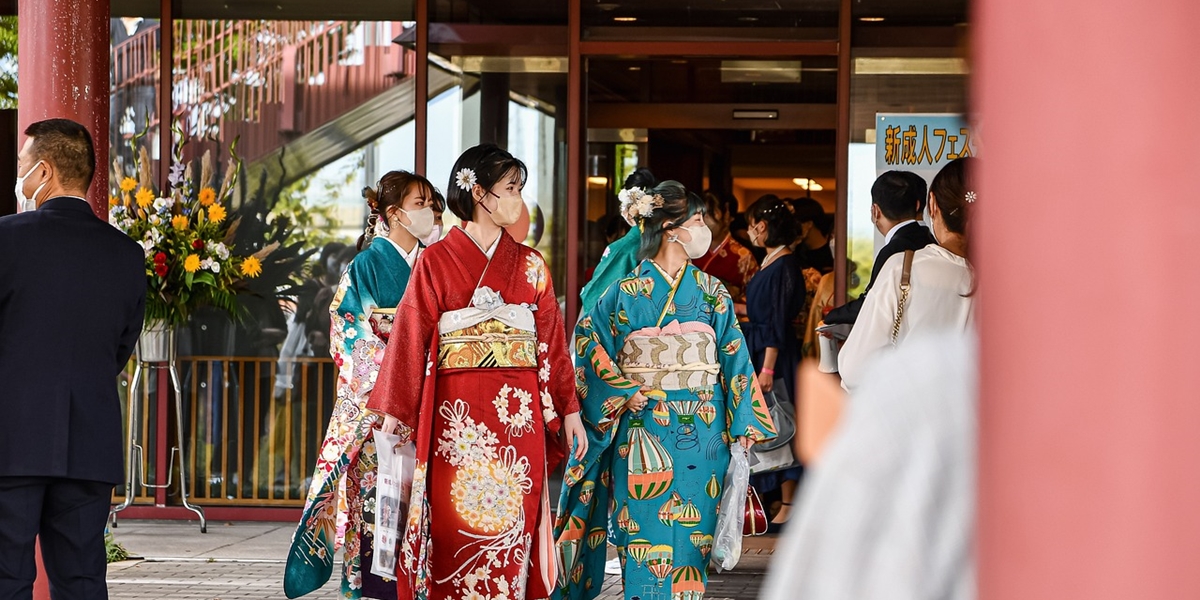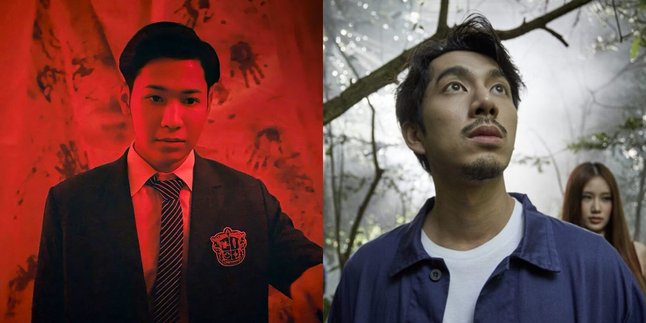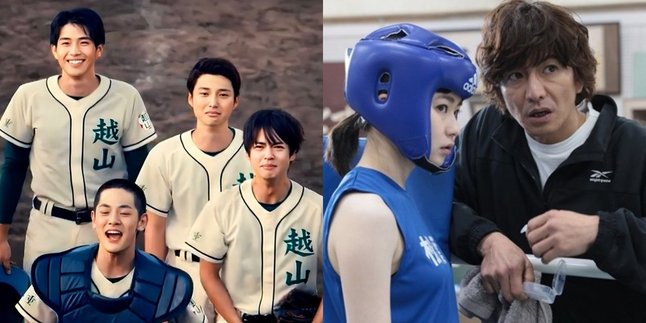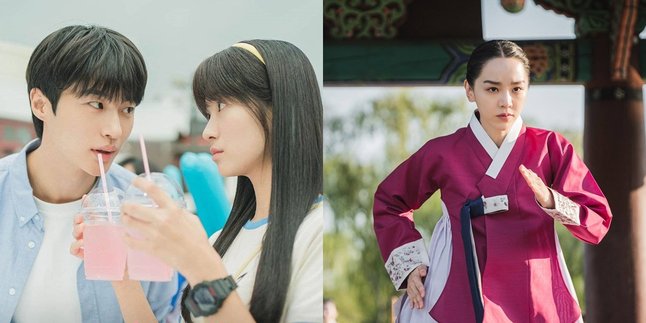Kapanlagi.com - In learning Japanese language, kaiwa plays a central role. This article will comprehensively explain the understanding of kaiwa in Japanese language along with the accompanying etiquette. Starting from principles of politeness to common stages that occur in conversations.
This article will provide a complete overview of the importance of kaiwa in the context of the Japanese language. In addition, examples will be presented that illustrate how kaiwa is conducted in Japanese language, both in formal and informal forms.
Let's take a look at the explanation of kaiwa in Japanese language, complete with etiquette, stages, and examples. Check it out, KLovers.
1. What is Kaiwa in Japanese?
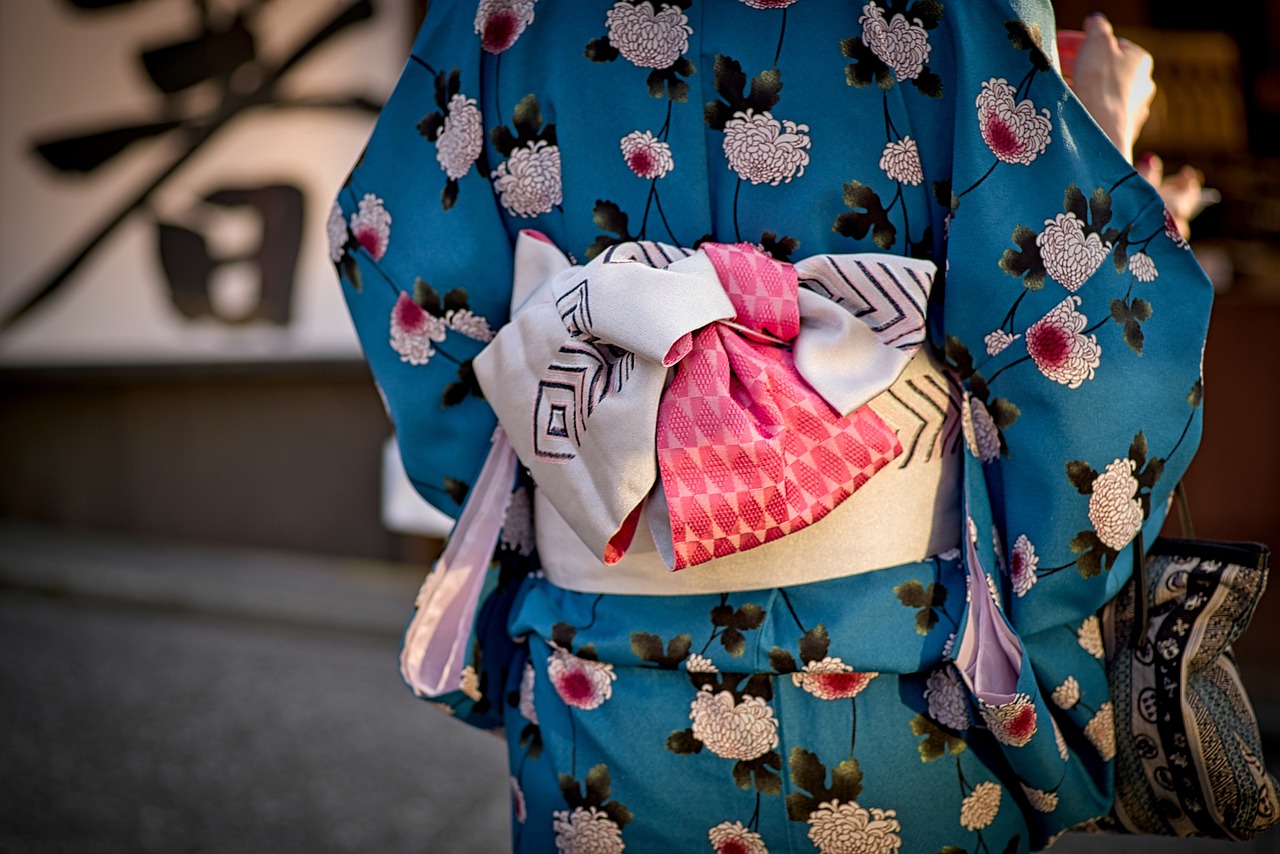
Illustration (credit: pixabay.com)
Kaiwa in Japanese is one of the important aspects of learning Japanese language and in everyday life in Japan. It covers various types of conversations, ranging from casual conversations among friends or family to formal conversations in official situations.
In learning Japanese language, kaiwa exercises are often used to help students practice their speaking skills and expand their vocabulary. This can involve specific roles in conversations or specific situations.
For example, kaiwa activities in Japanese language when ordering food at a restaurant, shopping at a store, or even talking with colleagues. In addition, in everyday life in Japan, the ability to participate in kaiwa fluently is very important.
This helps build social relationships, facilitate communication in the workplace, and make daily interactions easier and more enjoyable. In the context of Japanese culture, kaiwa also reflects the importance of politeness and etiquette in conversations.
This includes the use of polite language, the use of appropriate words according to the relationship between speakers, and an understanding of the cultural norms that govern social interactions. So, overall, kaiwa is more than just a conversation.
Kaiwa in Japanese is the foundation of communication in Japanese language and is an important aspect of language learning and everyday life in Japan. Therefore, those who are learning Japanese language also need to understand the meaning of kaiwa itself.
2. Etiquette of Kaiwa in Japanese
There is important etiquette in kaiwa in Japanese language. This etiquette reflects Japanese cultural values and helps ensure smooth and respectful communication between speakers. Here are some examples of etiquette in kaiwa in Japanese language:
1. Politeness
It is important to use polite and respectful language in kaiwa. This includes using honorific particles like "san" after people's names (for example, Tanaka-san) and using polite expressions like "onegaishimasu" (please) and "arigatou gozaimasu" (thank you very much).
2. Paying Attention to Body Language
Body language is also important in kaiwa. Making eye contact with the speaker, smiling, and giving appropriate responses (such as nodding or raising eyebrows as a sign of understanding) help strengthen communication.
3. Using Appropriate Language
In formal situations, it is important to use language that is appropriate to the level of politeness and social hierarchy. This may include using more formal or polite words and expressions depending on who you are talking to.
4. Listening Attentively
Listening attentively is an important part of kaiwa. It shows respect for the speaker and helps ensure good understanding between both parties.
5. Expressing Opinions with Respect
If you have a different opinion or idea, it is important to present it with respect and politeness. Using expressions like "sumimasen, demo..." (excuse me, but...) or "shitsurei shimasu ga" (excuse me for interrupting) can help maintain a polite impression.
6. Maintaining Openness
Sometimes, kaiwa in Japanese language can involve sensitive topics. It is important to remain open to listening to other people's opinions and respecting differences in views, even if you disagree with them.
It is important to remember that etiquette in kaiwa in Japanese language can vary depending on the context and relationship between speakers. However, basic principles of politeness, respect, and openness remain important guidelines in effective and respected Japanese language communication.
3. Stages of Kaiwa in Japanese

Illustration (credit: pixabay.com)
Then there are several common stages that can be identified in kaiwa in Japanese language, especially in the context of learning Japanese language. Here are some stages that generally occur in Japanese language conversations:
1. Opening
The opening stage involves initial greetings and exchange of polite words such as "ohayou gozaimasu" (good morning), "konnichiwa" (good afternoon), or "konbanwa" (good evening), depending on the time of day. This is a way to start the conversation politely.
2. Introduction
If you are not familiar with your conversation partner, introduction is the next step. This includes mentioning your name and possibly providing some basic information about yourself, such as your occupation or origin.
3. Main Topic
This is the part where the conversation transitions to the main topic or purpose of the kaiwa. This topic can be anything, ranging from everyday things like weather or hobbies to more serious topics like work or politics, depending on the context and the speaker's interests.
3. Questions and Responses
During the conversation, questions and responses will change between speakers. This is a way to expand the conversation and share information with your conversation partner.
4. Climax or Peak
The climax or peak of a conversation may occur when the topic reaches its peak or when there is an important or interesting moment that happens in the conversation.
5. Closure
The closure stage involves planning for the continuation of the conversation (if any) or saying goodbye politely.
6. Exchange of Thank You and Farewell
At this stage, it involves exchanging thank you and farewell greetings politely before you end the kaiwa or conversation with someone else.
4. Example of Kaiwa in Japanese
In order for KLovers to better understand how kaiwa or conversations occur in Japanese language. Here are examples of kaiwa in Japanese, both formal and informal:
1. Formal Kaiwa: Ordering at a Restaurant
A: "Irasshaimase.Nanmei sama desu ka?" - Welcome. How many people?
B: "Futari desu." - Two people.
A: "Kochira e douzo.Oseki wa kochira de ikaga desu ka?" - Please follow me. How about the seats here?
B: "Hai, kekkou desu." - Yes, that's fine.
A: "Dewa, menyuu o omochi shimasu. Onomimono kara o erabi kudasai." - Alright, I will bring the menu. Please choose your drink first.
B: "Omizu o onegaishimasu." - Water, please.
A: "Kashikomarimashita.Oshokuji no gochuumon wa ikaga nasaimasu ka?" - Alright. Would you like to order food?
B: "Kore o onegaishimasu." - I will order this.
A: "Kashikomarimashita.Omachi kudasai." - Alright. Please wait.
2. Informal Kaiwa: Conversation between Friends
A: "Ohayou!" - Hi!
B: "Ohayou! Genki?" - Hi! How are you?
A: "Genki da yo. Kinou, nani o shiteta no?" - I'm fine. What did you do yesterday?
B: "Eiga o mi ni itta. Totemo omoshirokatta!" - I went to watch a movie. It was very enjoyable!
A: "Sore wa ii ne. Watashi mo eiga ga daisuki da." - That's great. I also love movies.
B: "Hontou? Tsugi ni issho ni eiga o miyou yo!" - Really? Let's watch a movie together next time!
That's an explanation of conversation in Japanese complete with examples and stages. By understanding conversation and its principles, communication in Japanese becomes smoother and more meaningful.
I also like movies.
B: "Hontou? Tsugi ni issho ni eiga o miyou yo!" - Really? Let's watch a movie together next time!
That is an explanation about conversation in Japanese complete with examples and stages. By understanding conversation and its principles, communication in Japanese becomes smoother and more meaningful.
(kpl/dhm)
Disclaimer: This translation from Bahasa Indonesia to English has been generated by Artificial Intelligence.
